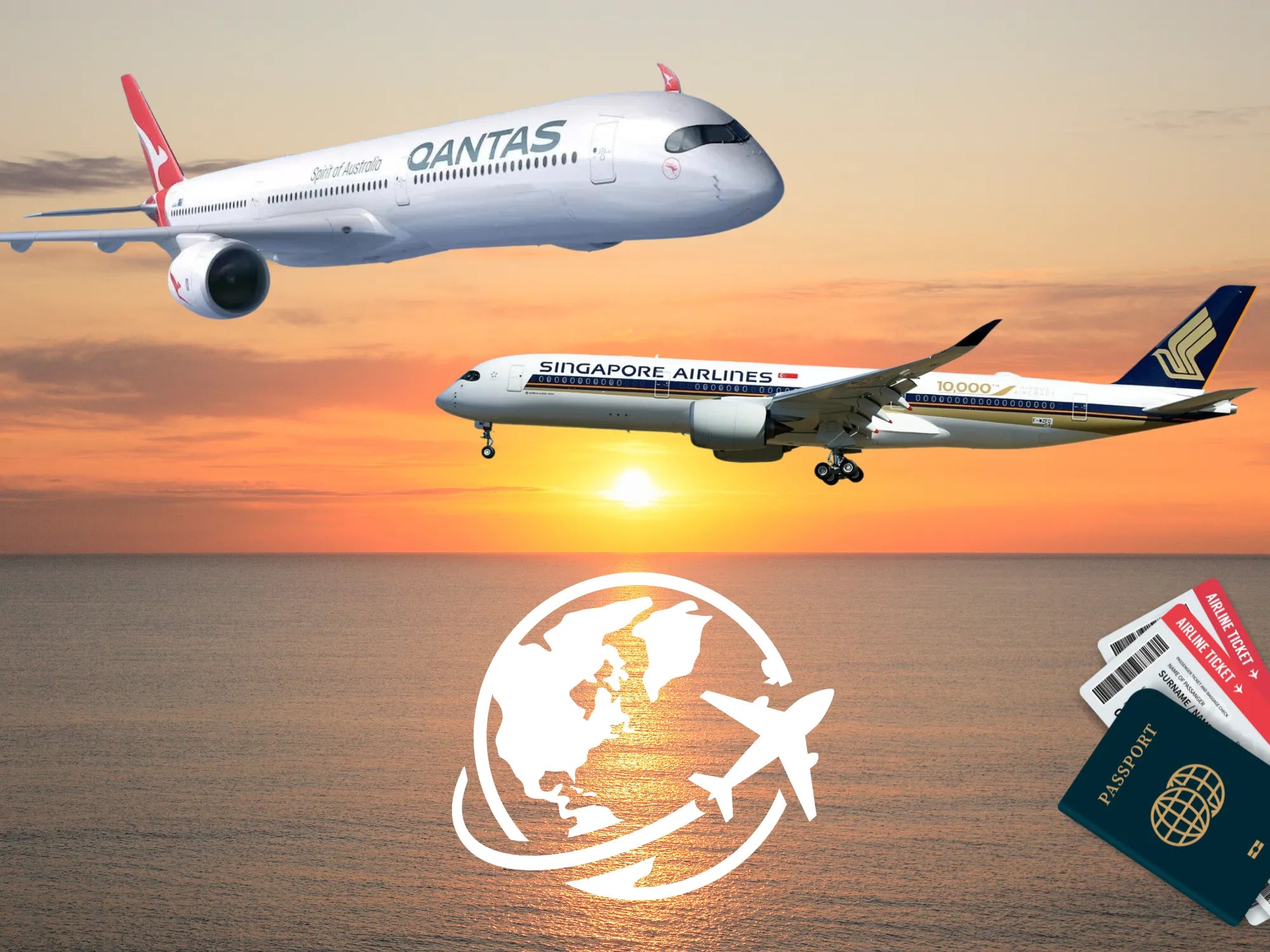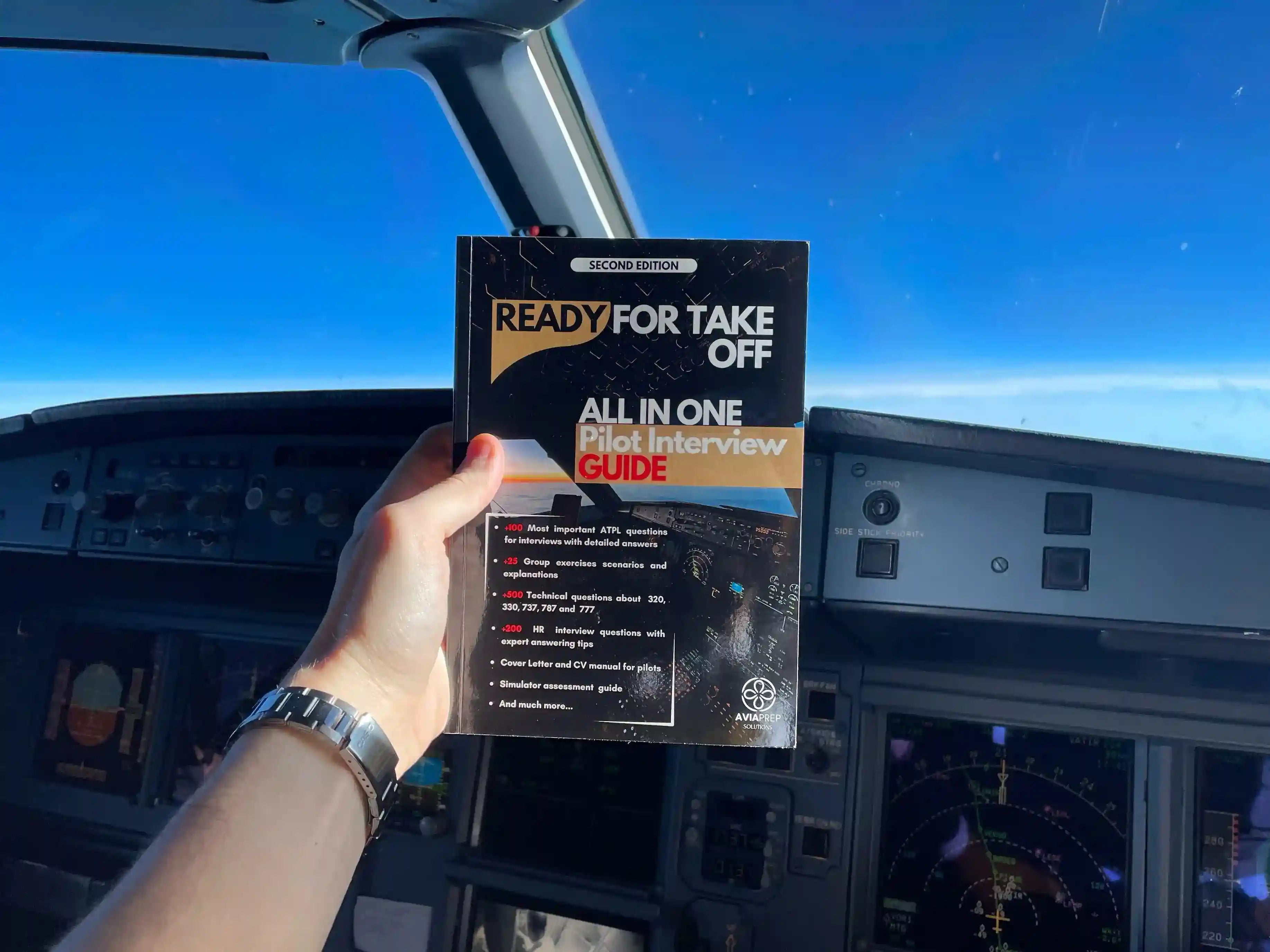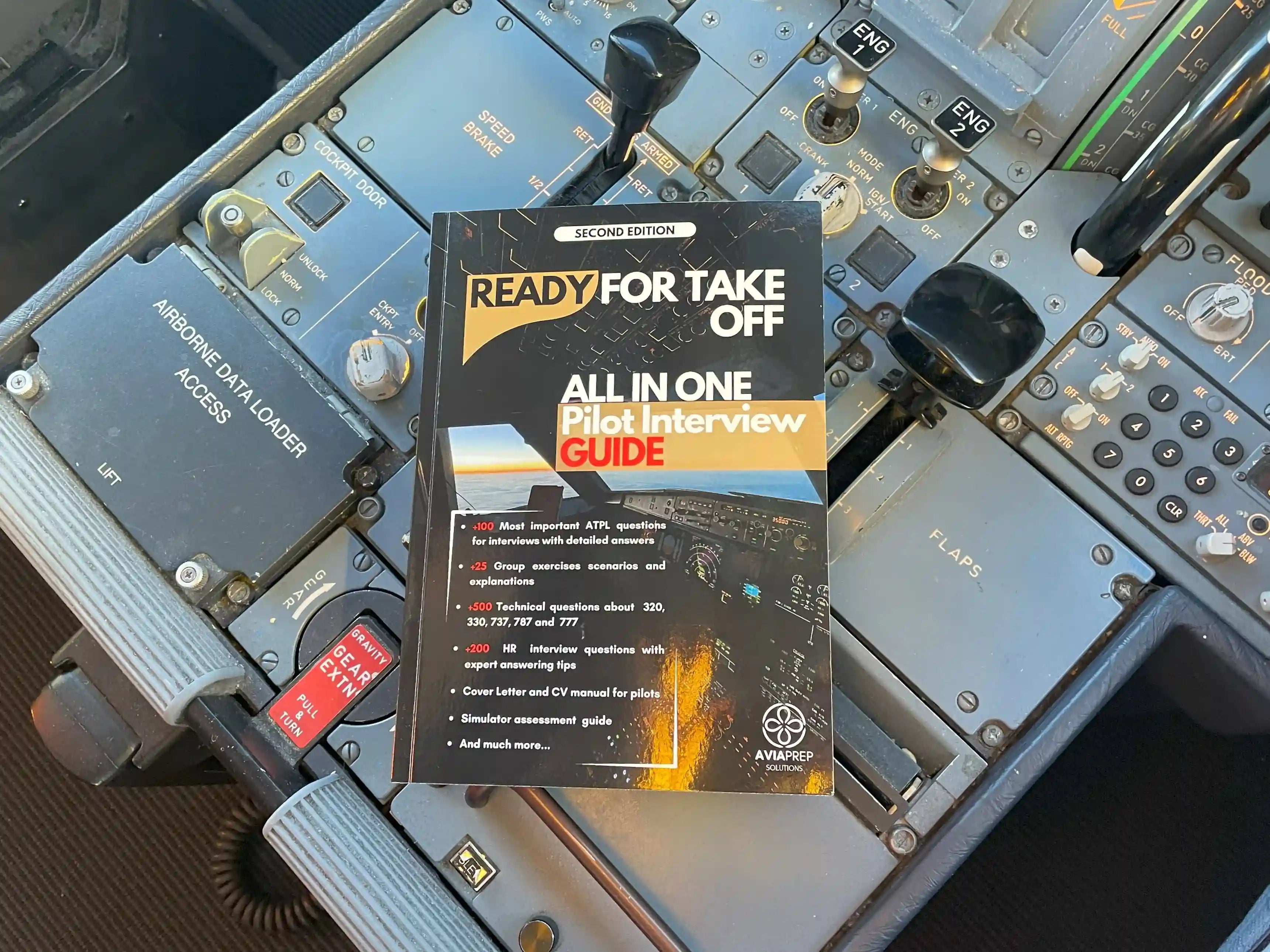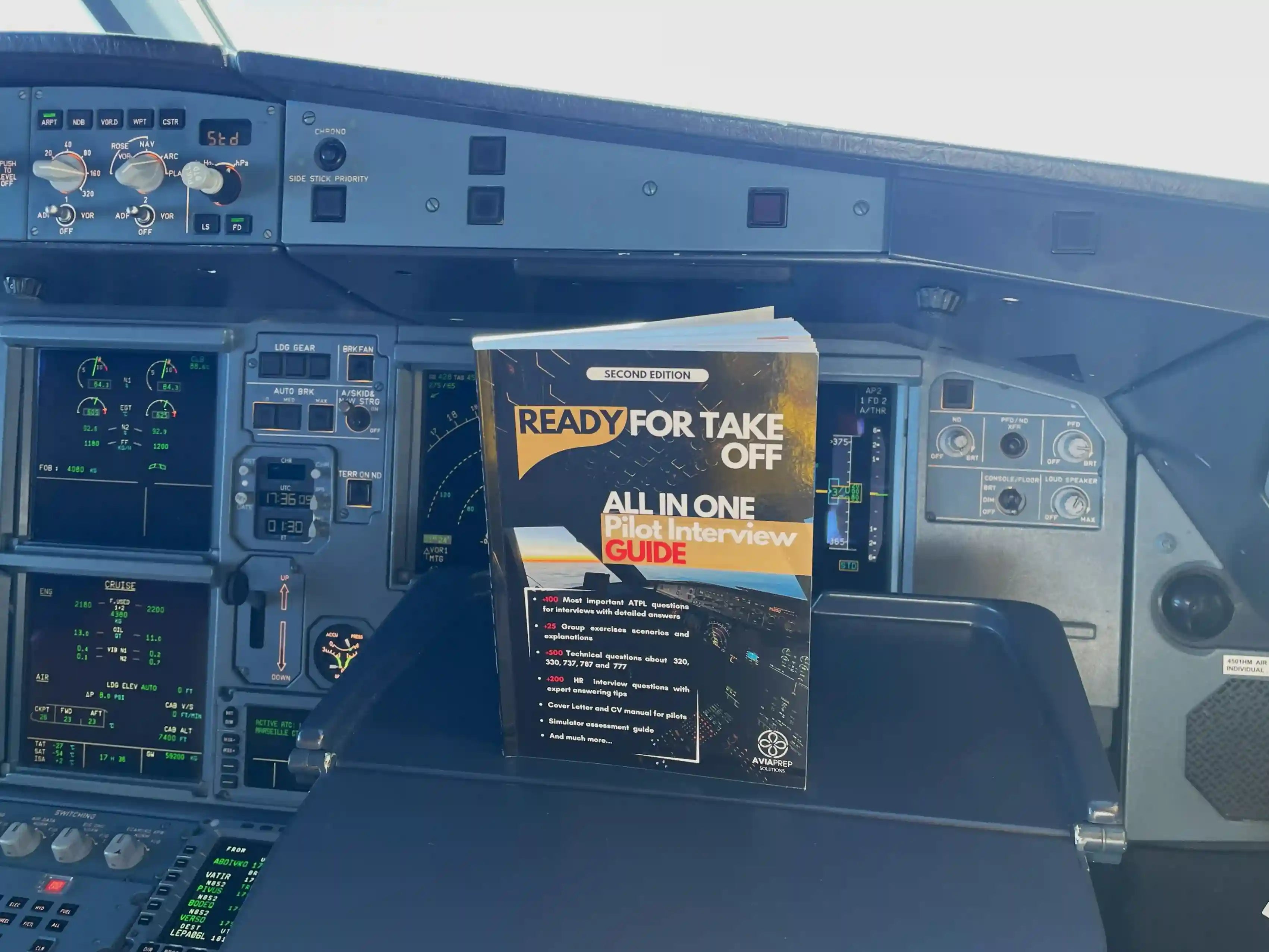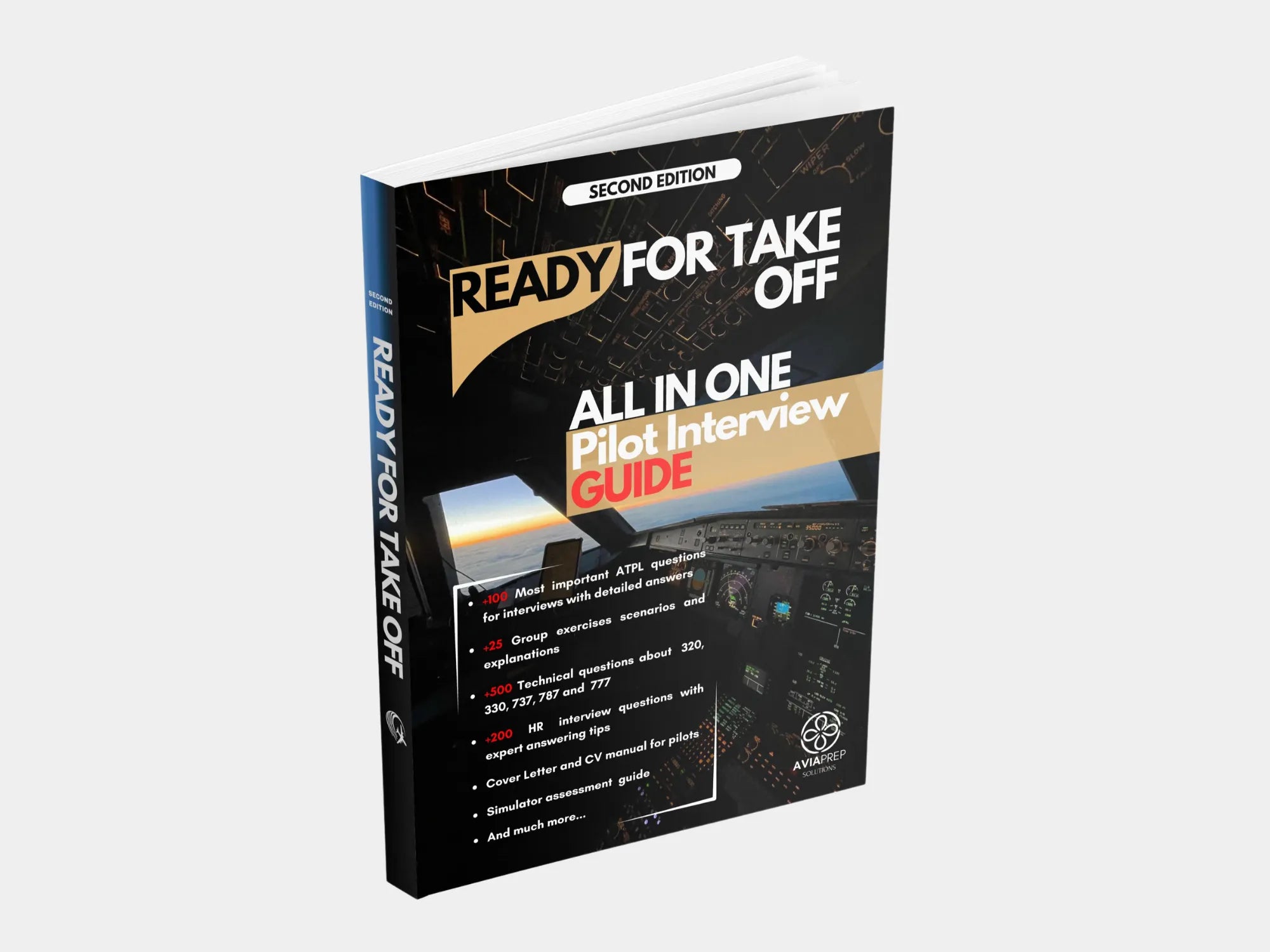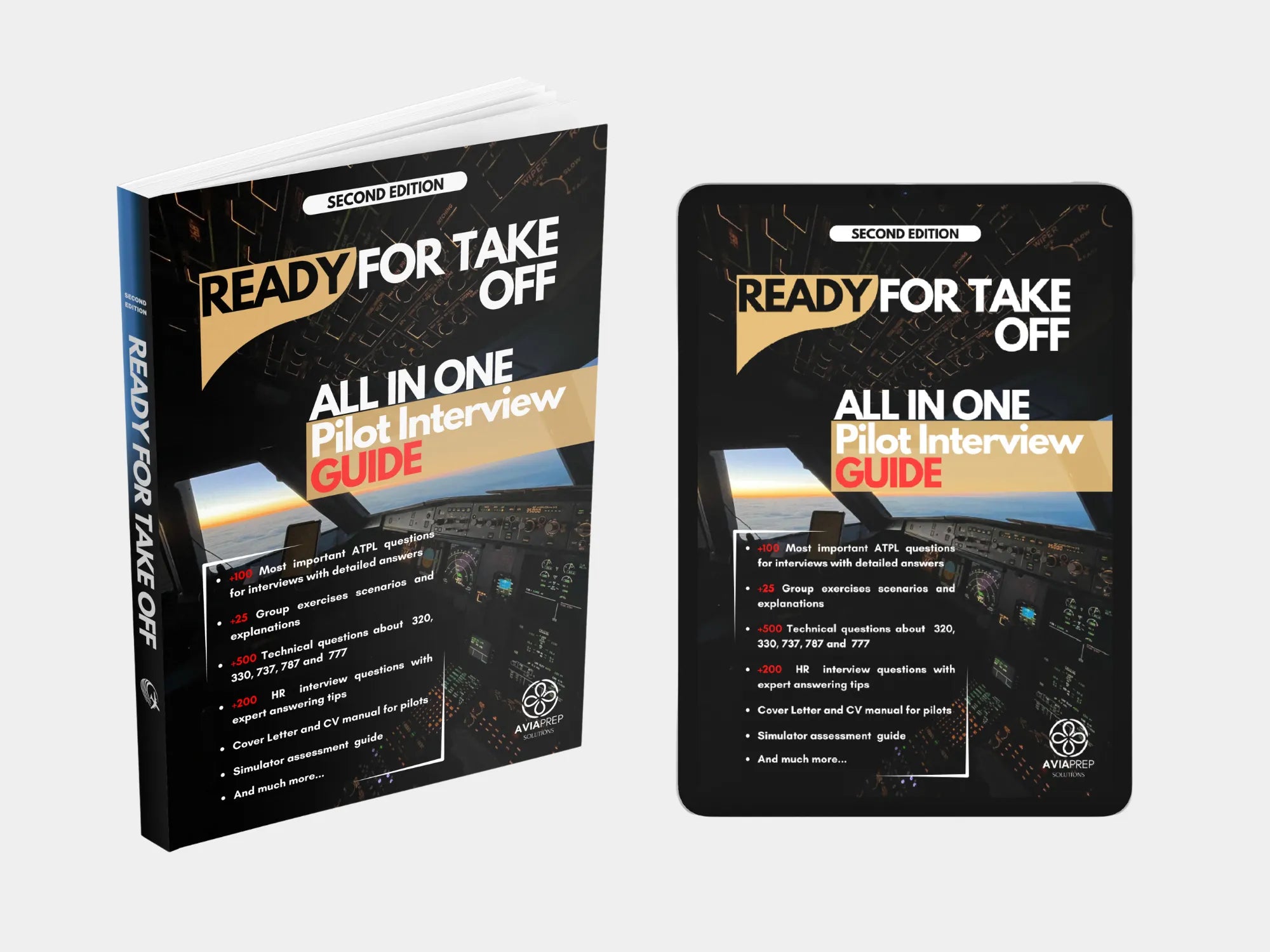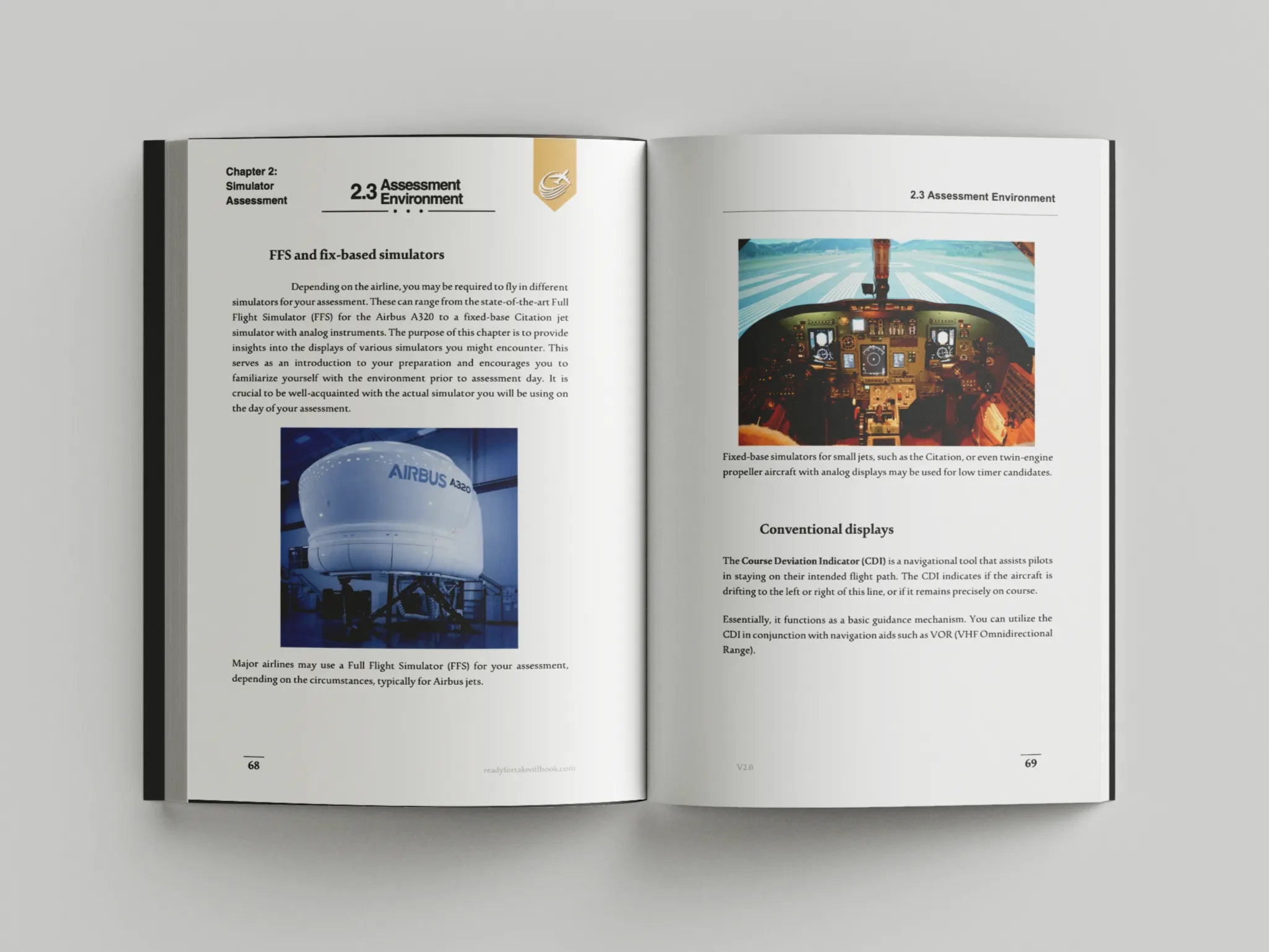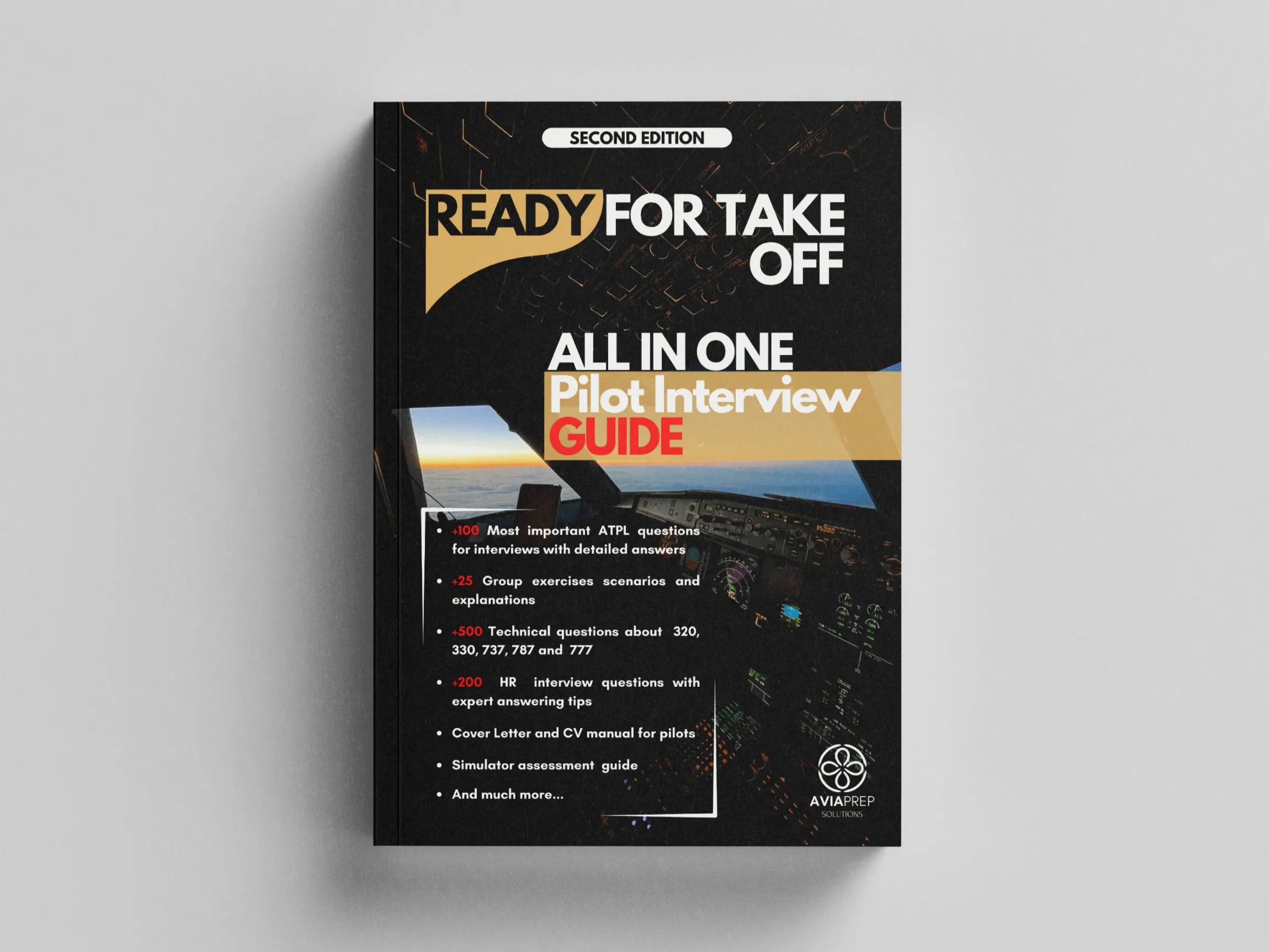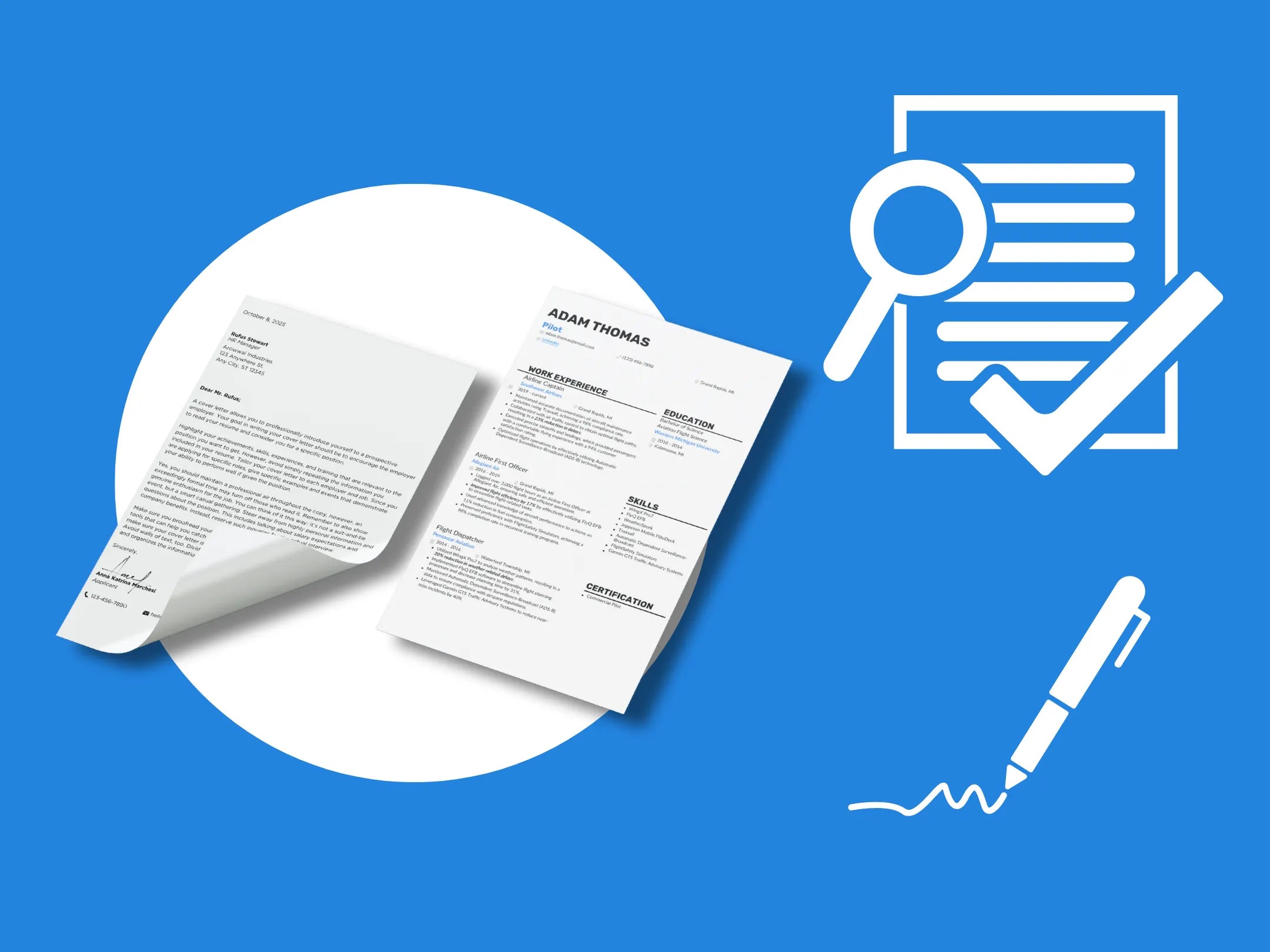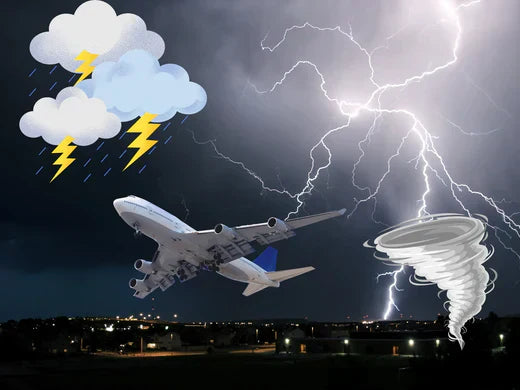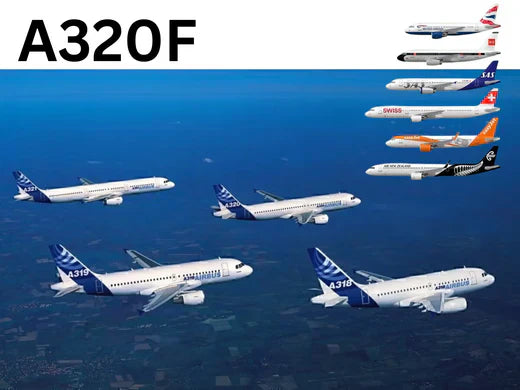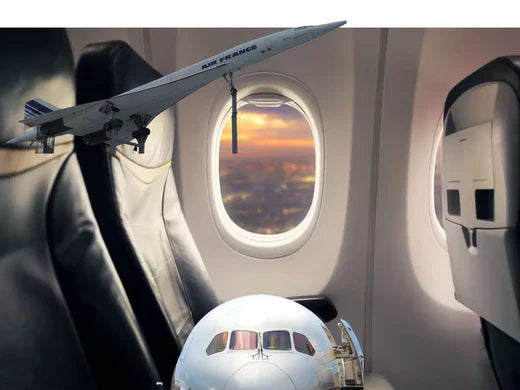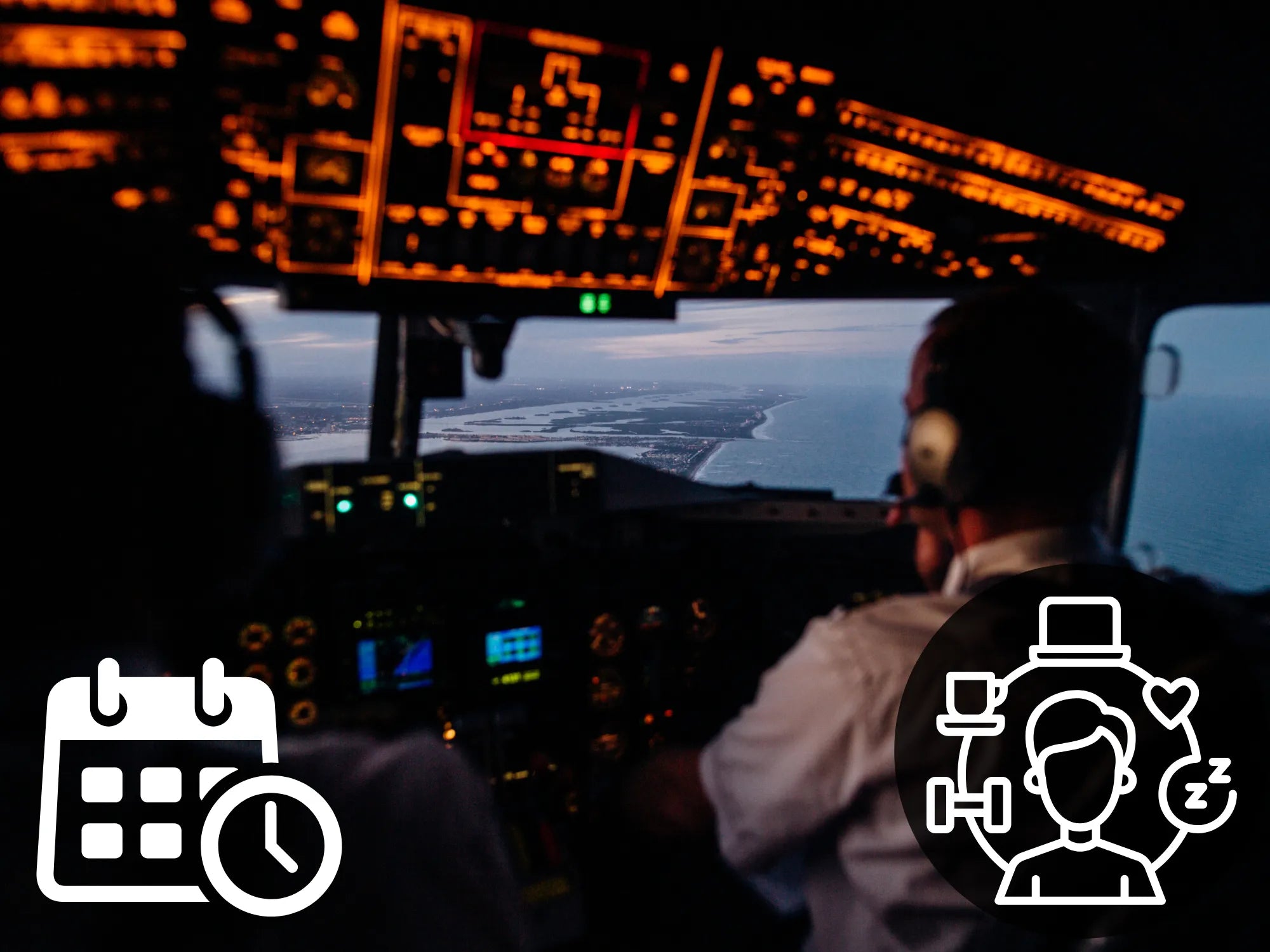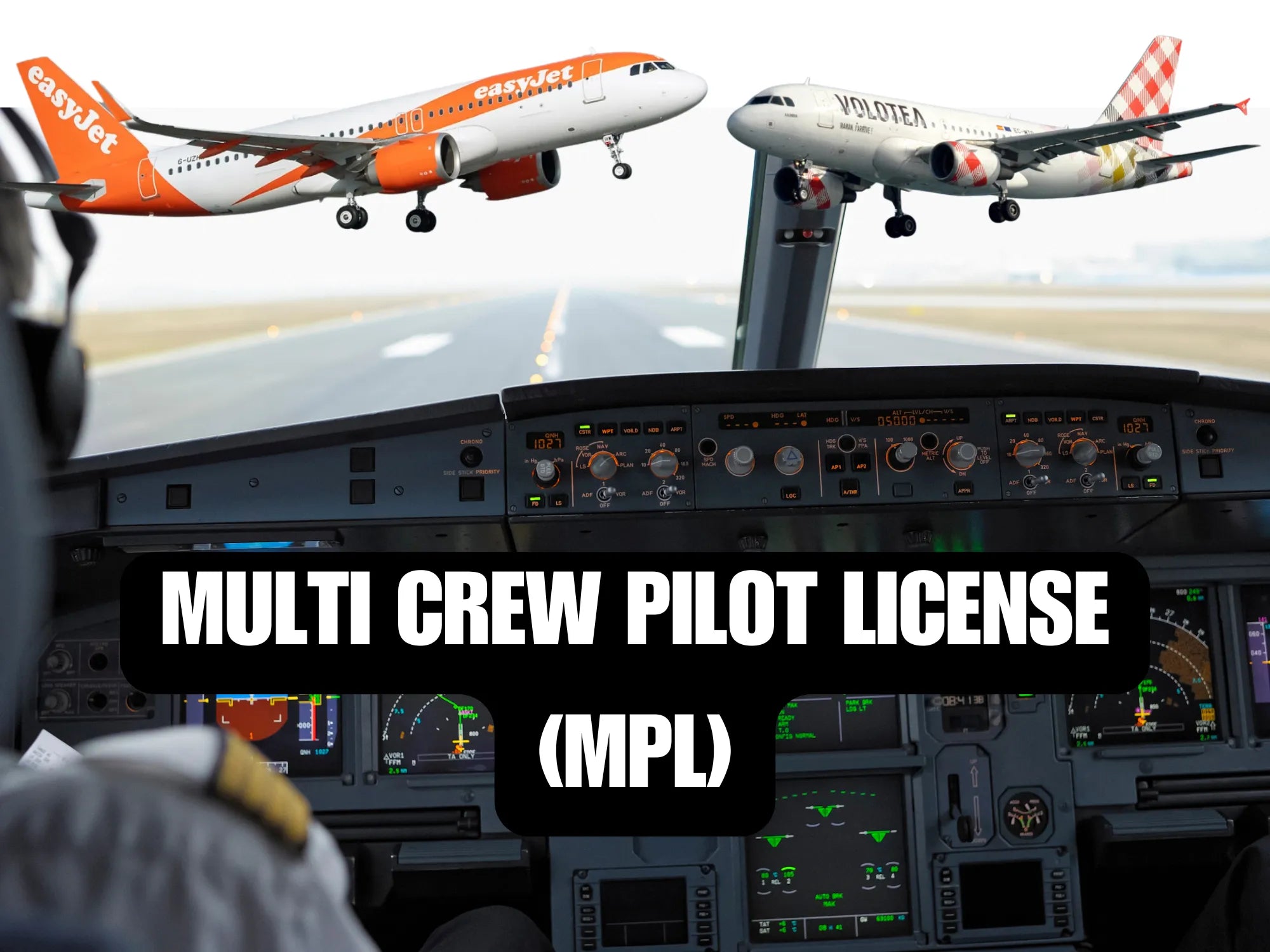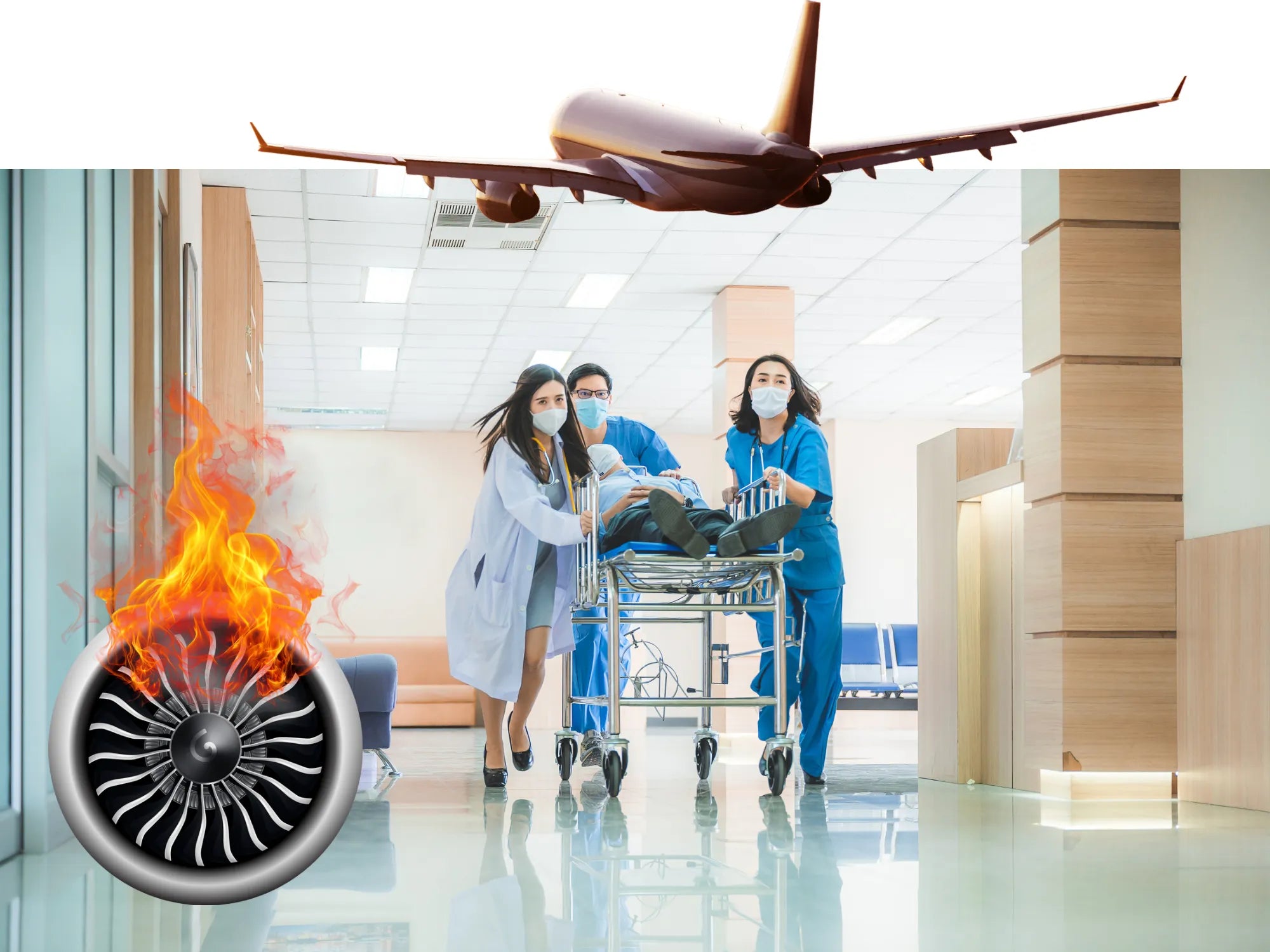Introduction
The aviation industry has continually pushed the boundaries of what is possible, with airlines constantly fighting to offer faster, more efficient, and longer flights. One of the most remarkable achievements in recent years has been the introduction of ultra-long-haul flights. These flights, which cover vast distances without stopping, represent the pinnacle of modern aviation. Among them, the world's longest flights have captured significant attention for their impressive distances, duration, and the sophisticated planning required to execute them successfully.
Distance and Duration: Breaking Records
The title of the world's longest flight is often contested, with airlines competing to extend the boundaries of distance and time. As of now, the record is held by Singapore Airlines' non-stop flight from Singapore to New York, covering a staggering distance of approximately 9,537 miles (15,348 kilometers) in around 18 hours and 40 minutes. This flight, operating with an Airbus A350-900ULR (Ultra Long Range), is an example of how modern technology and aircraft design have made such journeys possible.
Another contender is Qantas' research flight from London to Sydney, a journey that covered 10,066 miles (16,200 kilometers) in 19 hours and 19 minutes. Although this flight was a special test under Project Sunrise, aimed at studying the feasibility of such long-haul routes, it demonstrated the potential for future commercial routes that could connect distant cities without layovers.
Aircraft Used: Engineering Marvels
The aircraft used for these ultra-long-haul flights are technological marvels, designed to maximize fuel efficiency and passenger comfort over extended periods. The Airbus A350-900ULR and the Boeing 787 Dreamliner are among the leading aircraft types used for these routes.
- Airbus A350-900ULR: Specifically designed for ultra-long-haul flights, this aircraft features an extended range, thanks to its enhanced fuel capacity and aerodynamic efficiency. It is also equipped with advanced cabin pressurization and humidity control systems, which help reduce passenger fatigue on long flights.
- Boeing 787 Dreamliner: Known for its fuel efficiency and passenger comfort, the Dreamliner is another popular choice for long-haul flights. It uses advanced materials like carbon fiber-reinforced plastic, which makes the aircraft lighter and more fuel-efficient. The Dreamliner also has a quieter cabin and improved air quality, enhancing the passenger experience on long journeys.
Logistical Challenges: Crew Management, Flight Planning, and Passenger Comfort
Operating the world's longest flights presents numerous logistical challenges, particularly in the areas of crew management, flight planning, and passenger comfort.
Crew Management
Managing the crew for such long flights is a complex task. Regulations require that crew members have adequate rest to ensure safety, which means airlines must carefully plan crew rotations and rest periods. On ultra-long-haul flights, multiple sets of pilots and cabin crew are usually onboard, with designated rest areas where they can sleep and recharge. These rest periods are strictly monitored to comply with aviation safety standards.
Flight Planning
Flight planning for ultra-long-haul routes is another significant challenge. Factors such as weather patterns, air traffic control restrictions, and potential alternate airports in case of emergencies must be carefully considered. Flight planners use advanced software to calculate the most efficient route, balancing speed with fuel consumption to ensure the aircraft can complete the journey with sufficient reserves.
Passenger Comfort
Passenger comfort is a major consideration on ultra-long-haul flights. Sitting in an aircraft for nearly 20 hours can be physically challenging, so airlines go to great lengths to enhance the passenger experience. This includes offering more legroom, providing comfortable seating with adjustable lumbar support, and equipping seats with advanced entertainment systems. Some airlines also offer specialized meals designed to maintain energy levels and reduce jet lag. Additionally, cabin lighting is often adjusted to simulate natural daylight cycles, helping passengers adjust to the time zone changes.
Economic and Environmental Issues: Profitability and Impact on the Environment
Environmental Impact
One of the primary environmental concerns with ultra-long-haul flights is the significant amount of fuel they consume. These flights burn large quantities of jet fuel, leading to higher carbon emissions compared to shorter flights. The aviation industry is aware of these concerns and is exploring various ways to reduce the environmental impact. This includes the development of more fuel-efficient engines, the use of sustainable aviation fuels (SAFs), and the design of aircraft with lower carbon footprints.
However, the debate continues about the sustainability of such flights. While they eliminate the need for connecting flights and reduce the overall number of takeoffs and landings (which are the most fuel-intensive phases of flight), the great distance travelled results in substantial emissions. Some environmental groups argue that, despite these technological advancements, ultra-long-haul flights are still far from being environmentally sustainable.
Profitability
From a profitability point of view, ultra-long-haul flights represent a significant investment for airlines. The costs associated with operating such long routes are high, from the initial purchase or lease of specialized aircraft to the ongoing expenses of fuel, crew, and maintenance. However, these flights can be profitable, especially for premium passengers willing to pay higher fares for the convenience of a non-stop journey.
The success of these flights often depends on the ability to attract business travellers and those who prioritize time savings over cost. Airlines carefully assess the demand on specific routes before committing to such services, ensuring that the market can support the operation of these ultra-long-haul flights.
Passenger Testimonies: The Ultra-Long-Haul Experience
Passengers who have flown on the world's longest flights often share mixed experiences. For many, the convenience of a non-stop flight outweighs the discomfort of sitting for an extended period. Business travelers, in particular, appreciate the ability to fly directly between key global cities without the need for layovers, which can be time-consuming and stressful.
However, the experience is not without its challenges. Some passengers report feelings of fatigue, boredom, and restlessness, despite the efforts made by airlines to enhance comfort. Others praise the quality of service, the comfort of premium seating options, and the availability of in-flight entertainment, which can make the long hours more bearable.
For instance, passengers on Singapore Airlines' Singapore to New York flight have applauded the airline's attention to detail, including the quality of the food, the comfort of the seating, and the professionalism of the crew. However, some have also noted that the length of the flight can be mentally and physically exhausting, regardless of the comfort provided.
A New Record? The Future of Ultra-Long-Haul Flights
As airlines continue to explore the possibilities of ultra-long-haul flights, new records are likely to be set. Qantas' Project Sunrise, which includes the research flight from London to Sydney, is one such initiative that aims to push the boundaries even further. If commercial flights on this route become a reality, it would mark a new milestone in aviation history, connecting two distant cities in a non-stop journey of over 19 hours.
Qantas is currently evaluating the feasibility of these routes, including the impact on crew, passengers, and the environment. The success of such flights could lead to the development of new ultra-long-haul routes, connecting even more distant parts of the world without the need for layovers.
FAQs
1. How long is the longest non-stop flight currently in operation?
The longest non-stop flight currently in operation is Singapore Airlines' Singapore to New York route, covering approximately 9,537 miles (15,348 kilometers) and taking around 18 hours and 40 minutes.The main challenges include crew management, complex flight planning, ensuring passenger comfort over long periods, and addressing environmental concerns due to high fuel consumption.
Aircraft like the Airbus A350-900ULR and the Boeing 787 Dreamliner are typically used for ultra-long-haul flights due to their fuel efficiency, range, and passenger comfort features.
Airlines enhance passenger comfort by offering more legroom, comfortable seating, advanced entertainment systems, specialized meals, and cabin lighting that simulates natural daylight cycles.
Yes, ultra-long-haul flights can be profitable, particularly when they attract business travelers and premium passengers who are willing to pay higher fares for the convenience of a non-stop journey.
Ultra-long-haul flights consume large amounts of fuel, resulting in higher carbon emissions. While they reduce the need for connecting flights, their overall environmental impact remains a significant concern.



